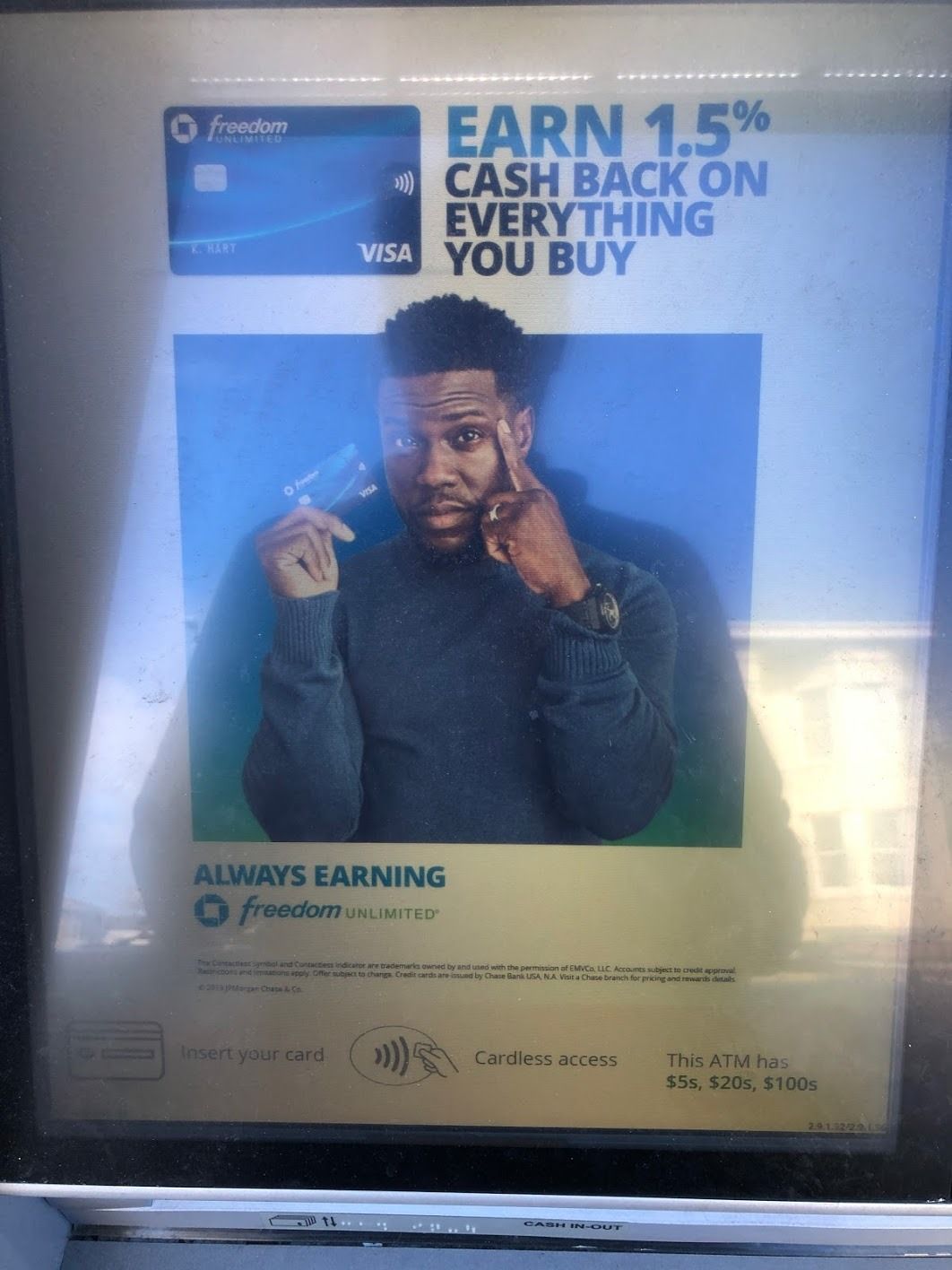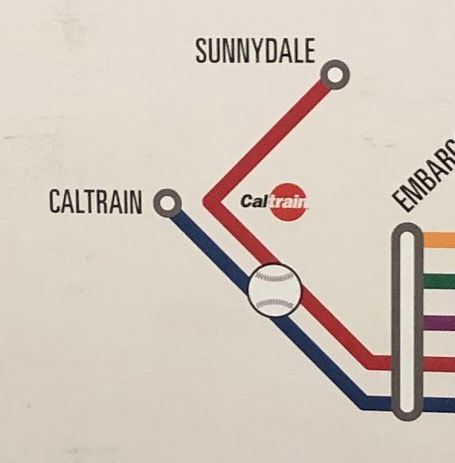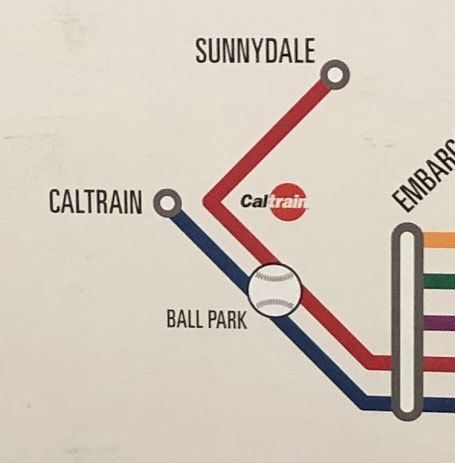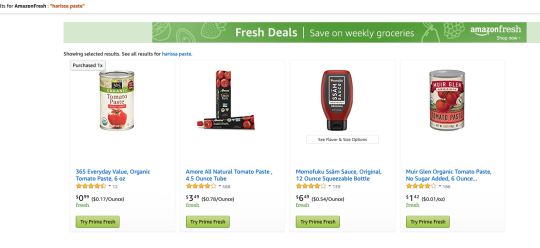You exist through the eyes of others
“But do other people really look at you that much?”
Short answer, of course they don’t.
In the past, it’s been all too easy for me to imagine the absolute worst in other people.
Rather than focusing on myself, my goals, my interests, and things that made me happy, I worried endlessly about what other people would think of me.
Anything that involved me dealing with someone else, typically friends or new people I met, would be over-analyzed. The output would be a worst-case scenario that usually kept me away from actually facing my fears, or diving into new experiences.
I’m always interested in ways to fight these problematic ways of thinking, not just for myself, but all the other people out there struggling with the same problems.
It doesn’t have to involve months of therapy, drugs etc.
Here’s an example.
Let’s get in the shoes of ‘Nervous Nelly’. She’s presenting in front of her entire office in a few days. As she prepares for her presentation, her mind might wander to the audience of peers and collegues. It’s likely she imagines a lot of judgement reflecting back at her. She thinks they are obsessing over her, and have complex negative opinions about how she looks, or what she says.
Now let’s switch shoes. ‘Blasé Blake’ steps up to the podium. As he talks effortlessly, he glances at the crowd and spots Nervous Nelly. Do you think he gives a shit about what she’s thinking? Do you think he tossed and turned about what she would think of him?
Another way to think about it, is watching footage of yourself. Without your inner narrative running at full blast, life looks a lot more simple. Reality seems more real.
If we could really see ourselves from the eyes of others, a ton of this over-thinking and anxiety would lose its purpose.
Give it a try.
Corona Heights
Andrée ignored many early signs of the dangers associated with his balloon plan. Being able to steer the balloon to some extent was essential for a safe journey. But there was much evidence that the drag-rope steering technique Andrée had invented was ineffective. Yet he staked the fate of the expedition on drag ropes. Worse, the polar balloon Örnen (The Eagle) was delivered directly to Svalbard from its manufacturer in Paris without being tested. When measurements showed it to be leaking more than expected, Andrée refused to acknowledge the alarming implications. Most modern students of the expedition see Andrée’s optimism, faith in the power of technology, and disregard for the forces of nature as the main factors in the series of events that led to his death and those of his two companions Nils Strindberg and Knut Frænkel.

And now a following paragraph after the image.
182992681687

It’s been fun to watch the humble ATM machine evolve.
We’ve gone from a tiny, extremely low resolution screens to tiny comedians selling credit cards.
ATMs now support cardless access, welcome you by name and remember your preferred amount of cash.
It’s a bit like consumer software in general. It’s getting better, but there’s so many interests involved that it’s never close to
Designers fantasize about the perfect marriage between technology and humans, yet it very rarely is experienced during every day life.
Going back to the ATM.
The product solves a problem for a huge number of people. It’s great. I can be practically anywhere in the world, and get access to cold hard cash.
For a long time designing ‘getting cash out from ATM’ wasn’t considered from the perspective of people. Now Chase employs designers to consider exactly that. The use cases, the context, frustrations and delights of trying to complete that task.
And that thinking is slowly surfaced in the product. The software becomes a bit friendlier, a bit more intuitive.
Yet, there’s still a long way to go. Improvements to the UX now battle with giant cross-sells to other things that make more money for the bank.
Design lags.
Business, technology & design. You don’t need the last one, but glad to see it’s sticking around and proving it’s worth.
182961145977

Last night I took the wrong way home. On purpose.
I was trying out the GoBike, an electric bike you can rent for $2 a pop.
Out of curiosity, I used the GoBike app to direct me home. It picked an odd route.
No bike path, a bit hillier, not the most efficient. Different code. Different algo.
So what? What’s a couple of minutes anyway?
I followed the route, marveling at the streets and sights that I’ve been redirected around for months.
In a strange way, I felt a bit guilty! In San Francisco, to turn your back on efficiency sometimes feels like a crime.
We get so used to following ‘the best’ option, that we forget it ever was an option in the first place.
And as personalization becomes the norm, it gets harder to go back to the defaults.
Our preferences fit well.
We get places on time. Familiarity. Self efficacy. Lower cost.
We know what we like, and the system shows us more.
And if you want to opt-out, it’s easy enough.
Use a different browser.
Sign out.
Put the phone down.
But how long will that last?
It’s likely there will always be an illusion of choice, since it’s just nicer that way, but “do it myself” will soon be seen as barbaric.
You know that lovely feeling you get when you land in a new country. You can see, smell, touch, taste the ‘unknown’ and it feels great.
Or bumping into a friend in the street.
Maybe in the future, instead of travelling, the only way to get that feeling will be by paying to wipe away our preferences temporarily.
Or maybe try on someone else’s.
Serendipity will be read about, but not truly experienced.
Go off the grid while ya can!
182557168402


“As a user I want to know which stop is the ballpark.”
Which version is easier to understand? Icon+Label, or just icon?
Time vs Serendipity
Yesterday, I decided to buy some ingredients for Shakshuka, a groovy sounding middle eastern breakfast.
I had most of what I needed already in my fridge, but I was missing a crucial component: Harrisa.
According to wikipedia, harrisa is a Tunisian hot chili pepper paste. You usually pour it into stews and curries or smother it over meat.
Alright. So where is it? I stop by a large supermarket on the way home from work to investigate. It’s a Safeway. Definitely not known for international foods, but surely good enough. I wander around for a bit, hungrily eyeing some soft cheeses (yes I know that’s how supermarkets are designed), and finally end up at a japanese sauce section. I ask a salesperson who’s stocking the shelves if there’s any harrisa. He’s never heard of it, and asks another guy who takes me on a tour around half the supermarket, only to come up with nothing.
I had a feeling this was going to happen, and decided to check out a nearby Whole Foods. I ride over, park my bike and venture inside. Another wander around, and I end up at an aisle with some barbecue and chili sauces. Getting warmer. Finally, I spot it! There’s one tin of Harissa. Not much of a selection, but it’ll do.
Was this a success, or a terrible waste of time. The next day, I decide it’s the latter. What was I thinking? I had no idea whether either supermarket had the product, and although they were close together, and on the route home, it could have taken even longer.
A quick search on Amazon, yields no results either.

But I think if it had shown up I would have packed my bags and signed up for Amazon Fresh.
You lose the serendipity, but maybe it is worth the cost.